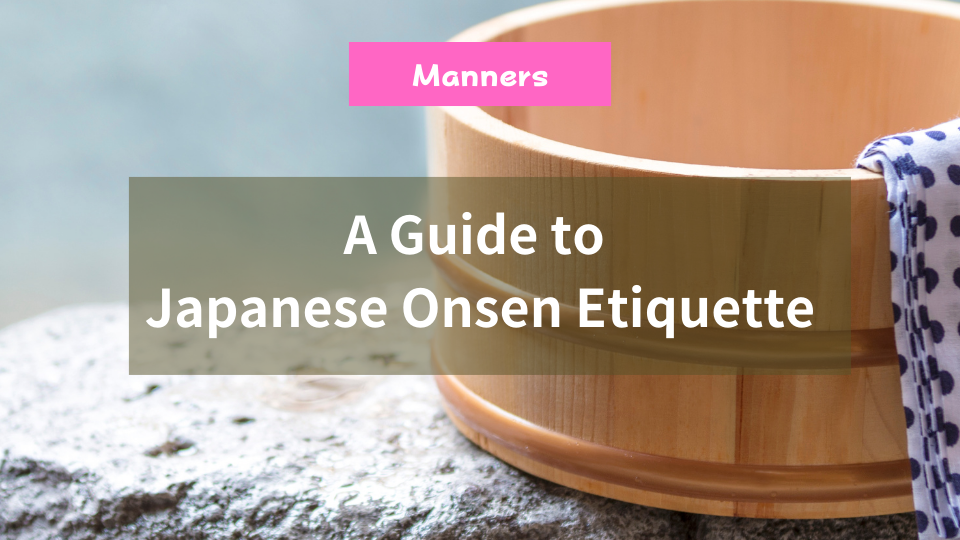Hello, this is the ShimaSuki editorial department.Japan’s onsen culture has a history spanning hundreds of years and offers a unique and relaxing experience for foreign travelers. However, onsen have specific rules and etiquette, and not knowing them may cause discomfort to others. In this guide, we will introduce essential onsen manners to help you enjoy your visit to the fullest.
Preparing Before Entering the Onsen
Where to Undress and Changing Room Rules
Before entering the onsen, you must undress in the designated changing room. Lockers or baskets are provided for storing your belongings, so be sure to keep your valuables secure and place your clothes neatly.
In Japan, wearing swimsuits or underwear in the onsen is generally prohibited. Bathing nude is the standard practice.
Wash Your Body Before Entering the Bath
Before soaking in the bath, you must wash your body thoroughly. The washing area is equipped with showers, stools, and washbasins. Shampoo and body soap are often provided, so use them to clean yourself properly.
Be mindful not to splash water on others while showering. Also, make sure to rinse off all soap and shampoo before entering the bath.
Etiquette Inside the Bath
Do Not Put Your Towel in the Bath
It is considered bad manners to put your towel in the onsen water. Instead, place it on the side of the bath or on top of your head.
Be Quiet and Respectful
Onsen are places of relaxation. Avoid speaking loudly or making excessive noise. In outdoor baths, enjoying the sounds of nature is an essential part of the experience for many Japanese bathers.
Do Not Swim
Onsen are not swimming pools. Do not swim, dive, or splash water, as this may disturb other bathers. Always relax quietly in the bath.
What to Do When Exiting the Bath
Dry Off Before Returning to the Changing Room
After exiting the bath, use your towel to dry off before entering the changing room. This helps keep the area clean and dry.
Clean Up After Yourself
After using the washing area, return the shower and stool to their original position and ensure the area is clean for the next person.
Special Onsen Rules
If You Have Tattoos
In Japan, many onsen prohibit individuals with tattoos due to historical associations with organized crime. However, some onsen now allow small tattoos if they are covered with a sticker or bandage. Check in advance and prepare a tattoo cover if needed.
Private Onsen (Kashikiri or Family Bath)
If you feel uncomfortable bathing nude in a public setting, consider using a “kashikiri” (private bath) or “family bath.” These are private onsen rooms that allow couples or families to bathe together.
Outdoor Onsen Etiquette
When using an outdoor bath, respect the natural surroundings. Do not leave personal items lying around and try to enjoy the peaceful atmosphere without.
Types of Onsen and How to Choose One
Japan offers a variety of onsen types:
- Sulfur Springs (Iou-sen): Known for their distinctive smell and skin benefits.
- Carbonated Springs (Tansan-sen): Promote blood circulation and body warmth.
- Chloride Springs (Enka-butsu-sen): Provide excellent heat retention, perfect for cold weather.
Researching different onsen types in advance can help you choose one that best suits your preferences.
Conclusion
Japanese onsen provide a wonderful and relaxing cultural experience, but observing proper etiquette is essential. To ensure a pleasant time for everyone, remember to:
- Wash your body before entering the bath.
- Stay quiet and respectful.
- Keep towels out of the bath.
- Dry off before returning to the changing room.
By following these simple rules, you can fully enjoy Japan’s onsen culture. Have a great onsen experience!



